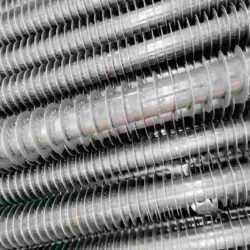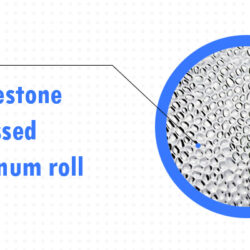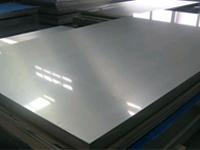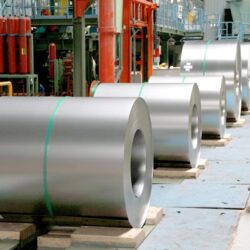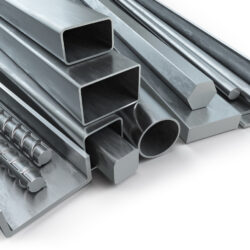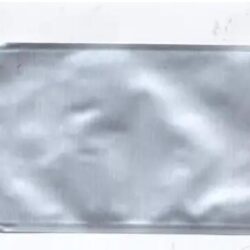Aluminium offers a rare combination of valuable properties. It is one of the lightest metals in the world: it’s almost three times lighter than iron but it’s also very strong, extremely flexible and corrosion resistant because its surface is always covered in an extremely thin and yet very strong layer of oxide film.
Aluminum is a fairly malleable metal, so you’re unlikely to find it on anyone’s list of strongest metals. However, it’s certainly stronger than many other materials. In fact, aluminum’s balance of malleability and strength is part of what makes it such a useful and versatile material. Manufacturers can shape it as needed while still being confident in its strength and durability.
Aluminum also maintains its strength well, unlike some other metals. For example, steel may be a stronger material under ideal conditions, but it becomes brittle in cold temperatures and is vulnerable to corrosion. In contrast, aluminum isn’t bothered by changes in temperature and naturally resists rust. In addition, aluminum shines when weight is a concern. It weighs roughly one-third of what steel does, so you can use greater quantities of it before weight becomes an issue.
Rating Aluminum’s Strength
How strong is aluminum? The most effective way to answer this question may be to consider how and where aluminum is used. The Aluminum Association notes that aluminum or aluminum alloys are utilized in an impressive array of applications:
Shark Cages: If you’re brave enough to swim with Great Whites, you’ll hopefully be facing them from behind the trusty bars of an aluminum shark cage. Aluminum is sturdy enough to withstand the force of even these threatening predators, is more buoyant than many other metals, and won’t corrode in salt water.
Automobiles: Lightweight, strong, durable, and good at absorbing the energy of impacts, aluminum is the second-most-used material by automakers. Aluminum is used in the construction of everything from cars and trucks to buses and ocean liners. The U.S. Army uses aluminum in its Humvees and Bradley Fighting Vehicles to provide corrosion resistance, reliability, and reduced weight.
Fighter Planes: Once upon a time, planes were made of wood, wires, and fabric. Today’s military aircraft use aluminum alloys. The F-16, a renowned fighter jet, has an airframe that is 80 percent aluminum.
Spacecraft: NASA routinely relies on aluminum and aluminum alloys when constructing vehicles for space travel. An aluminum-lithium alloy is used in the construction of the Orion, the new spacecraft that might someday carry humans to Mars.
Skyscrapers: Aluminum is often used in curtain walls and window frames of high-rise buildings that stand tall and proud.
Armor Plating: When armor plating is needed to shield U.S. Army vehicles and the soldiers traveling inside them from explosives and other hazards, it’s often made from aluminum.
